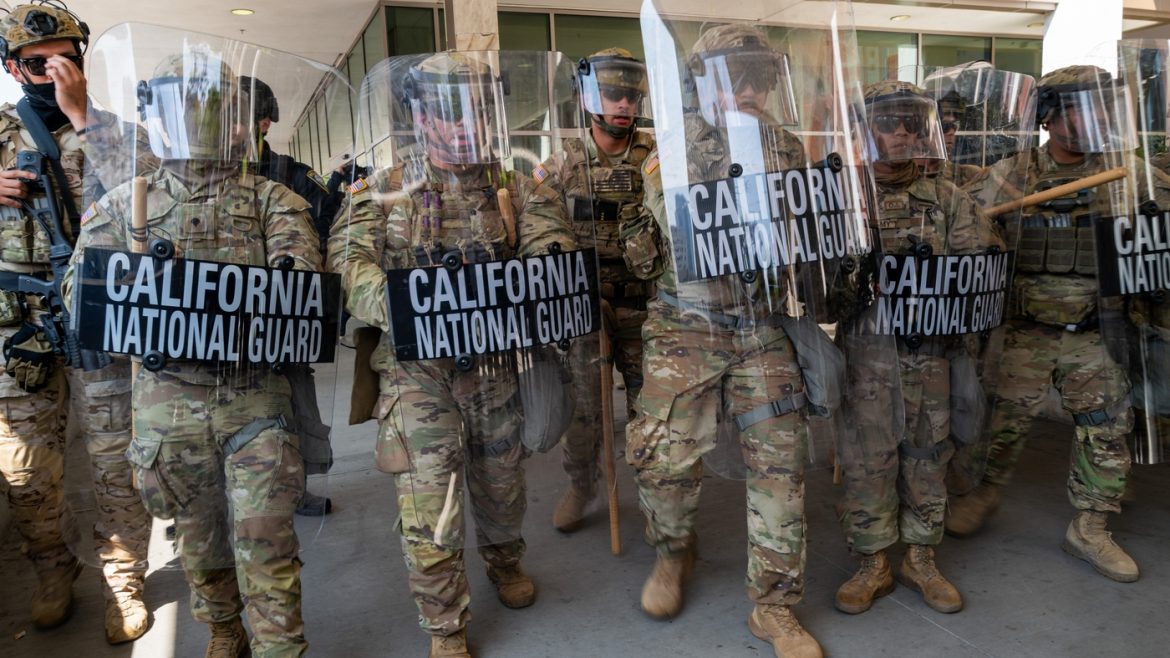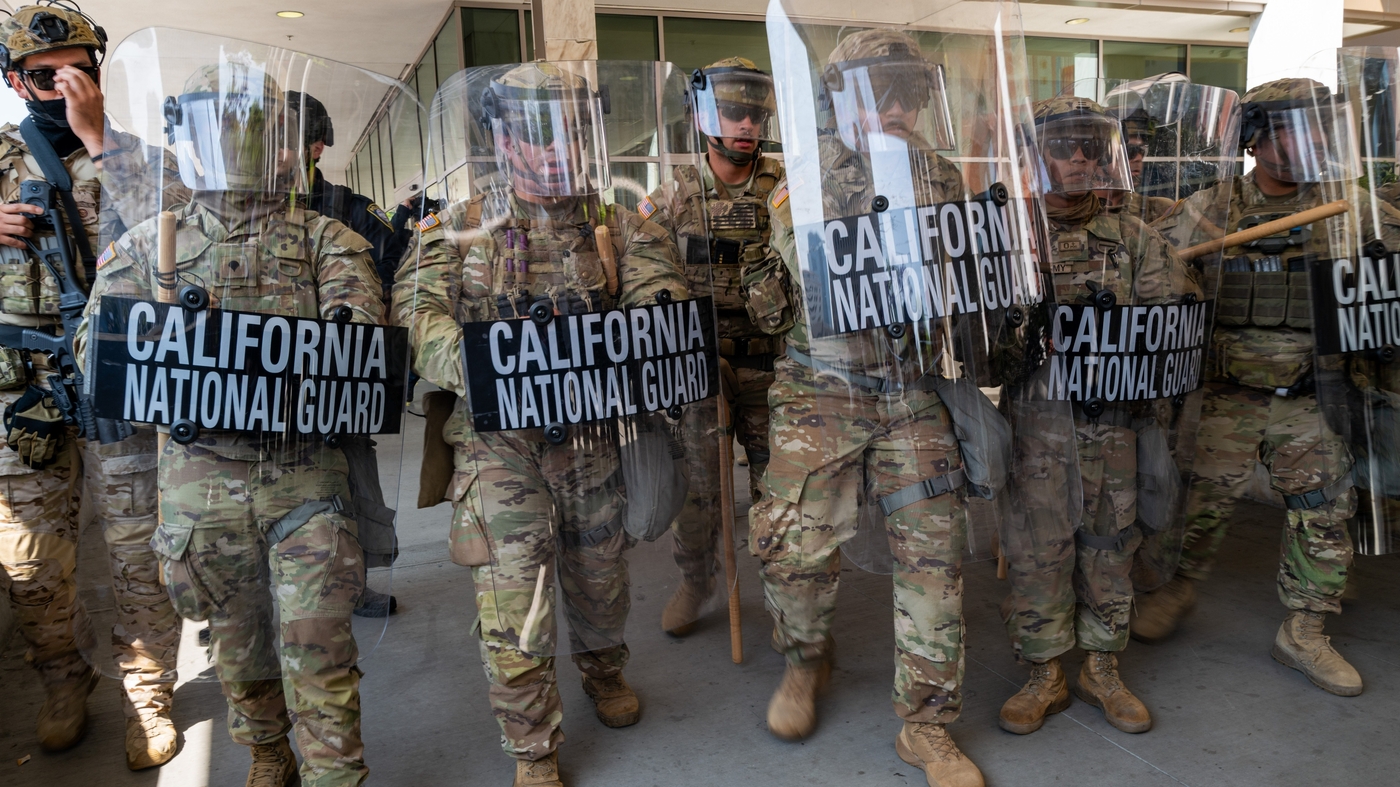Assessing Trump’s Immigration Policies: Impact, Public Sentiment, and Challenges
The wave of immigration reforms and enforcement initiatives introduced under former President Trump has been a defining feature of his administration. This portfolio includes deportation policies, executive orders on border security, the controversial travel bans, and proposals like the “Gold Card” visa aimed at wealthy immigrants. These actions have stirred both support and criticism, igniting protests, legal battles, and intense political debate. This analysis examines whether Trump’s immigration strategy is effectively meeting its stated goals, how Americans are responding, and what the broader implications might be.
—
Public Approval and the Political Bet on Immigration Enforcement
One striking aspect of the immigration debate under Trump is the relatively solid public backing for more extensive deportation efforts. Recent polls, such as a CBS survey conducted within the last week, reveal that approximately 54% of respondents approve of Trump’s deportation policies. This suggests a majority of Americans, or at least a significant portion, endorse a tougher stance on undocumented immigrants, perceiving it as a legitimate approach to national security and rule of law.
Trump’s decision to mobilize the National Guard and even active-duty troops to the southern border illustrates his willingness to test the limits of executive power and gauge public appetite for aggressive enforcement. While some state and local officials expressed skepticism about the necessity of such deployments—arguing they weren’t required—Trump framed these moves as efforts aligned with his electorate’s demands for stringent border control.
The administration’s framing of deportation efforts as being focused primarily on criminals attempts to bolster public support. However, critics argue that enforcement has sometimes swept broader populations, including families and long-standing residents, contributing to social disruption and fear among immigrant communities. This dichotomy intensifies debate over whether policy enforcement aligns with public expectations and legal norms.
—
Economic Incentives and the “Gold Card” Visa Proposal
Among the more novel proposals circulating is Trump’s concept of a “Gold Card” visa, which would grant wealthy foreigners expedited access to U.S. residency in exchange for substantial financial investment—specifically, $5 million per card. Proponents suggest that selling millions of these cards could generate trillions in revenue, potentially addressing the nation’s debt.
Nonetheless, experts in immigration law view these projections as highly unrealistic, expecting actual sales to be limited to the low thousands. The disconnect points to the complexity and politicization of immigration-related economic reforms, where visionary financial ideas must confront legal, ethical, and procedural realities. Moreover, the notion of purchasing residency raises broader questions about fairness, meritocracy, and the commodification of citizenship.
—
Staffing and Capacity: The Operational Reality Behind Enforcement Goals
Despite ambitious enforcement rhetoric, the staffing data reveal limitations in scaling up immigration agencies to meet the administration’s aims. Analysis by NPR shows that the Biden administration (not Trump’s) added just over 3,000 employees to Customs and Border Protection (CBP) and about 3,300 to the United States Citizenship and Immigration Services (USCIS). This modest growth suggests that the operational capacity to execute a large-scale crackdown is constrained by bureaucratic and budgetary factors.
This gap between enforcement ambitions and institutional capacity presents challenges not only in implementing policies effectively but also in managing community relations and legal processes. Without adequate staffing and resources, heightened enforcement risks overreach or uneven application, sparking criticism from immigrant advocates and legal experts.
—
Protests, Conflict, and the Societal Cost of Enforcement
The heightened enforcement environment has provoked significant social unrest, particularly in urban areas with large immigrant populations like Los Angeles. Federal immigration raids have led to protests, some peaceful but others marked by clashes with law enforcement and National Guard soldiers. These confrontations reveal the stark division in public opinion and the real human consequences of policy decisions.
Trump’s administration has responded by emphasizing the violent episodes in media portrayals, a tactic intended to justify enforcement measures and frame opposition as lawlessness. However, these events have further polarized communities, drawing legal intervention from states like California, which has sought to limit military deployments and challenge federal actions.
—
Contrasting Perspectives and Future Directions
Critics of Trump’s immigration policies argue that the administration’s approach often lacks nuance and due process, leading to the deportation of vulnerable individuals—including U.S. citizen children separated from undocumented parents. They warn that an overemphasis on enforcement can undermine immigrant contributions to the economy and threaten public health, particularly in sectors reliant on immigrant labor.
Supporters contend that strengthened border security and deportation efforts are necessary to uphold the rule of law, protect jobs, and maintain national security. Polls showing trust in the Republican Party to handle immigration reflect this sentiment.
The potential for a second Trump term includes visions of even stricter immigration limitations and expanded border enforcement, though internal GOP disagreements and legal challenges may shape the feasibility of such agendas.
—
Conclusion: A Complex, Contested Landscape
Trump’s immigration policies represent a bold, high-stakes gamble with profound implications. While a segment of the American public supports these tough measures—evidenced by surveys showing majority approval of deportation policies—the implementation has engendered operational challenges, social conflict, and legal battles.
Economic proposals like the “Gold Card” visa offer intriguing but perhaps impractical solutions to immigration and fiscal concerns. Meanwhile, the human toll of crackdowns, public protests, and increased militarization highlights the contentiousness and complexity inherent in immigration governance.
Ultimately, the assessment of whether Trump’s immigration “bet” is working depends on the metrics prioritized: enforcement numbers, public opinion, economic impact, or social cohesion. The balancing act between these factors continues to shape the national dialogue and will likely define American immigration policy in the years to come.


